A Women Farmers’ Cooperative on a Mission to Decrease Hunger
In Nigeria, one woman is leading her community to use sustainable farming methods, as well as technology, to thrive. A group of women farmers in Nigeria play a pivotal role…
Read More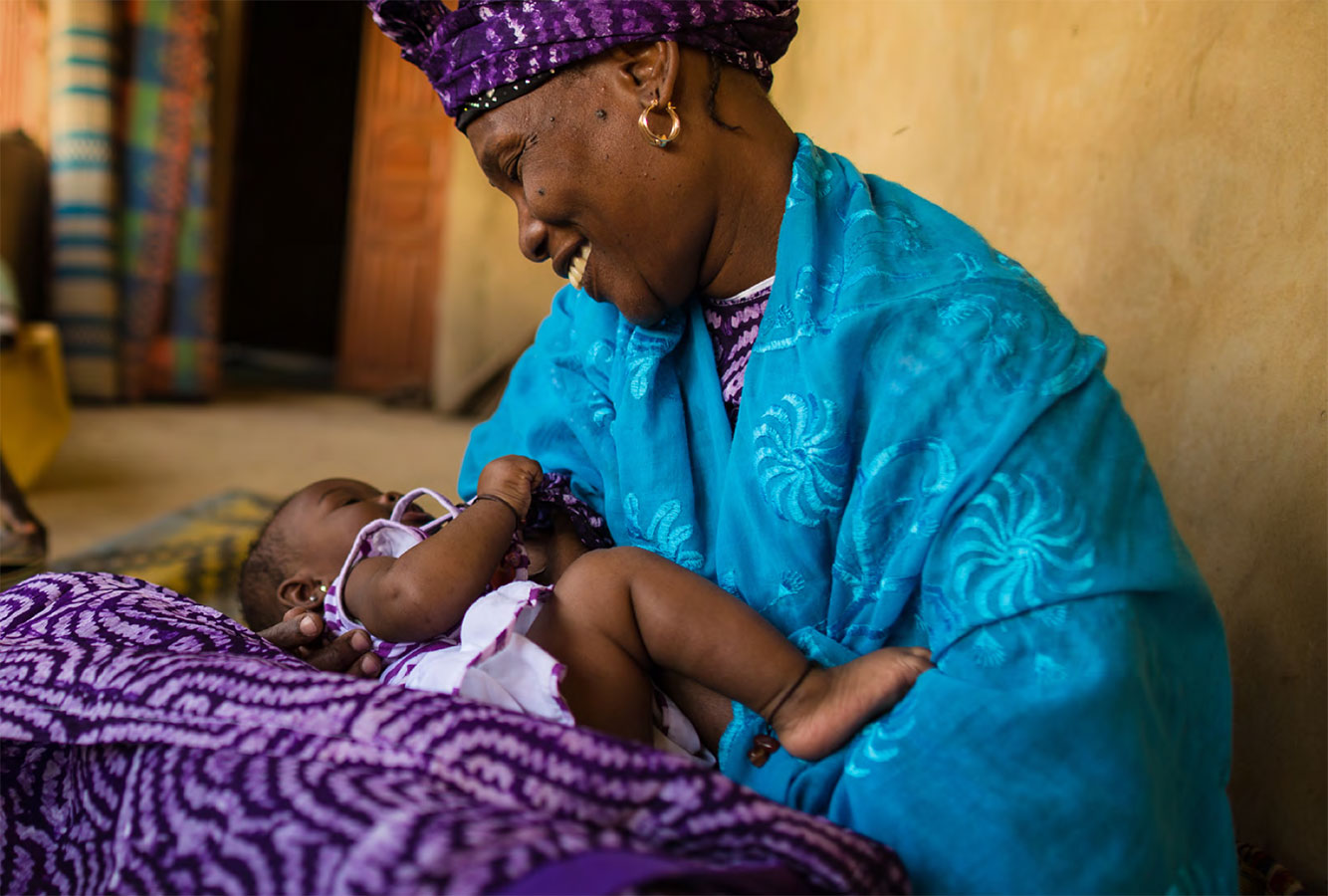
With support from Feed the Future, extraordinary individuals from across the world have not only forged a better future for themselves, but also for their communities. Their stories are powerful reminders that even in the toughest of times, progress is possible. Meet the community leaders, changemakers and entrepreneurs who are sowing the seeds of resilience and hope.
Resilience is the key to long-term, sustainable growth. With the ability to recover from stressful events, resilient communities can tackle whatever challenge comes next while maintaining food security and nutrition.
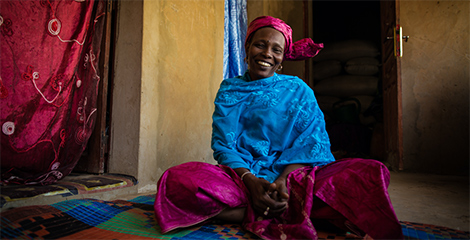
Hapsatou is a farmer, livestock manager, teacher and entrepreneur. Since 2012, she has worked to alleviate hunger and malnutrition in her community. In the face of COVID-19, she continues to lead her community toward a brighter, more resilient future.
Read Full Story
Like many business owners around the world, Sylvia Natukunda is feeling the effects of COVID-19 on her yogurt business. Sylvia is pivoting her strategy to keep her business profitable during the pandemic and make it resilient in the long-term.
We believe in agriculture’s transformative power as an engine for prosperity, stability and growth. By supporting smallholder farmers and harnessing research and technology, our partners are building a more food-secure future.
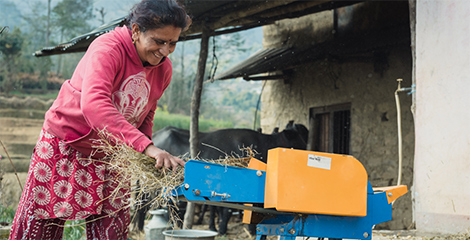
For years, Radhika made a living by running a dairy business and manually cutting hay for feed. With no money to invest in a mechanical cutter, she found it difficult to take on more livestock. Today, she is reaping the benefits of new farming machinery that has doubled her milk production and sales.
Read Full Story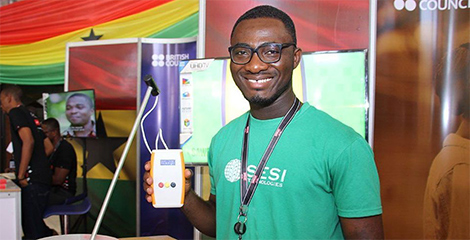
Since he was young, Isaac has tinkered with technology, looking for ways to leverage it as a solution to everyday problems. Through his agricultural enterprise in Ghana, Isaac draws on his entrepreneurial spirit to reduce agricultural losses and increase productivity through innovation.
Read Full StoryBy helping partner countries strengthen their food systems and improve nutrition, we are empowering communities to reach their full economic potential and giving more children a healthy start on life.
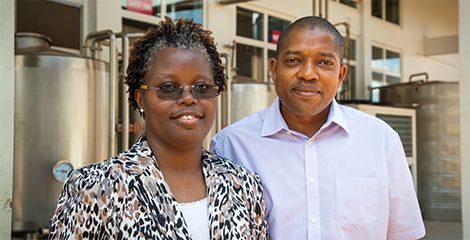
Rehema is the chief operating officer for a milk and yogurt company in Tanzania. She is working to double the shelf life of the company’s milk, improve quality and, most importantly, supply safe, nutritious and affordable food to families.
Read Full Story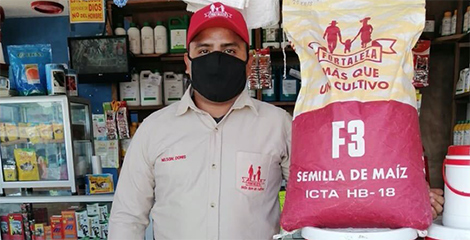
As the sales technician for a social enterprise, Nelson noticed that the farmers he was working with often worked side jobs to ensure a steady income during unpredictable harvest seasons. He now provides biofortified seeds to farmers that lead to bigger harvests and better nutrition.
Read Full StoryOver the past decade, Feed the Future has helped millions more people rise out of poverty. We have empowered people in ways that help build healthier families, thriving communities and global stability that will last well into the future. The sustained commitment and positive changes we have seen in the past ten years give us hope that progress is possible, even in difficult times.
Feed the Future is launched in response to a rise in global food prices, food insecurity and resulting turmoil in 2007-2008
Feed the Future responds to the Horn of Africa drought and famine crisis
The New Alliance for Food Security and Nutrition is formed; Feed the Future serves as the United States’ contribution to this partnership
Feed the Future responds to the Ebola outbreak in West Africa
Congress codifies the U.S. commitment to global food security embodied by Feed the Future into law through the Global Food Security Act
Feed the Future launches a call to action and mobilizes a global response to the fall armyworm crisis in Africa to combat the invasive pest
The Global Food Security Act is reauthorized—an affirmation of the continued bipartisan support to ending hunger through Feed the Future
Feed the Future turns 10 and mobilizes quickly to help communities deal with COVID-19’s economic impacts
Feed the Future has helped countries harness their full agricultural potential and invest in resilience and nutrition to reduce poverty, hunger and stunting. Here’s a glimpse of our impact over the past decade.
This report presents the percent change in impact indicator values for poverty, hunger and stunting, which captures the proportional change from the baseline value, not the percentage point change. Data represent populations in the geographic areas where Feed the Future concentrates all or most of its efforts. Data have been compiled from primary and secondary sources. Women’s empowerment in Bangladesh was measured by the abbreviated Women’s Empowerment in Agriculture Index (WEAI). Numbers have been rounded.

Now it's your turn. Share your story on social media.

Create your own social media graphic to share stories about extraordinary individuals who are working to #endhunger and forge a better future for their communities.
Create Your OwnIn Nigeria, one woman is leading her community to use sustainable farming methods, as well as technology, to thrive. A group of women farmers in Nigeria play a pivotal role…
Read MorePhoto Credit: West Africa Trade and Investment Hub February 24 marks the grim second anniversary of Russia’s invasion of Ukraine. The invasion not only brought suffering to millions of Ukrainians,…
Read MoreSource: USAID On this year’s International Day of Women and Girls in Science, learn about the contributions and challenges these researchers face Every year, International Day of Women and Girls…
Read MoreWomen have always worked in agrifood systems, but these systems have not always worked for women. That’s because barriers have stood in their way, preventing them from making their fullest contributions. Last year, the UN Food and Agriculture Organization’s (FAO) “Status of Women in Agrifood Systems” report showed us just how slow progress has been in closing the gender gap in agriculture over the past decade. Their access to irrigation, livestock, land ownership and extension services has barely budged over the past decade. Also, they are facing these challenges at a time of immense global shocks.
Read More